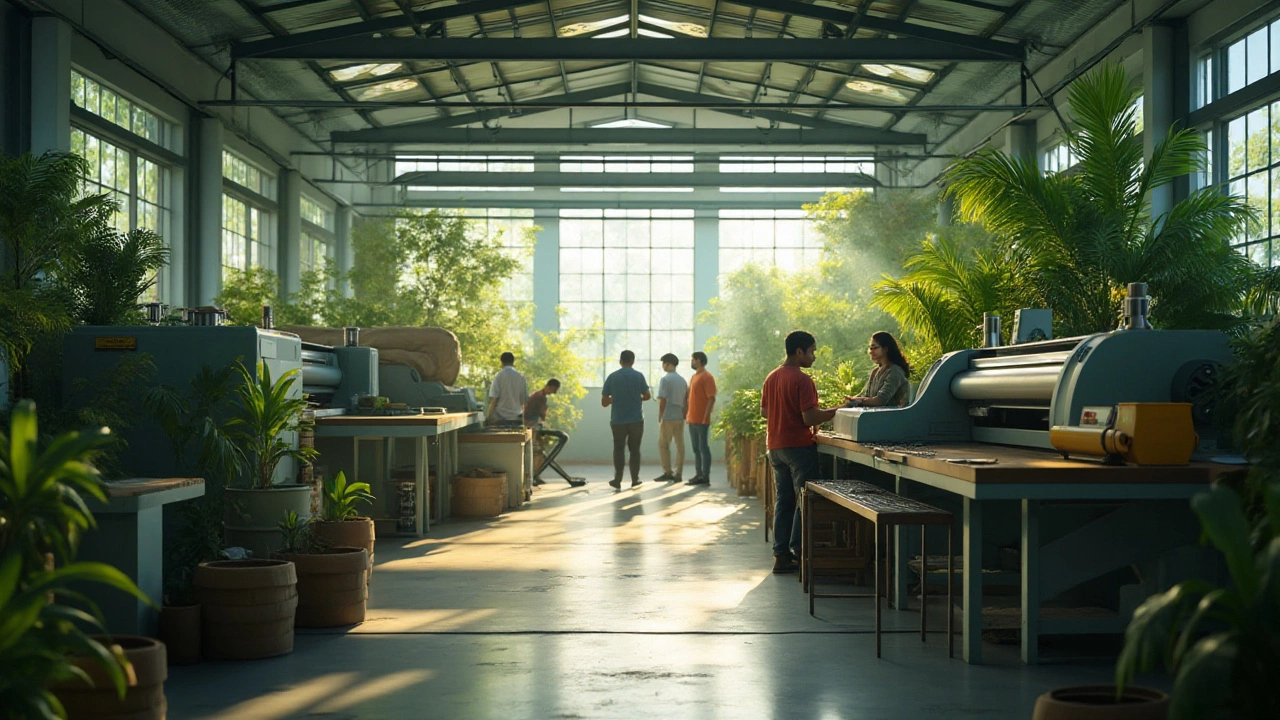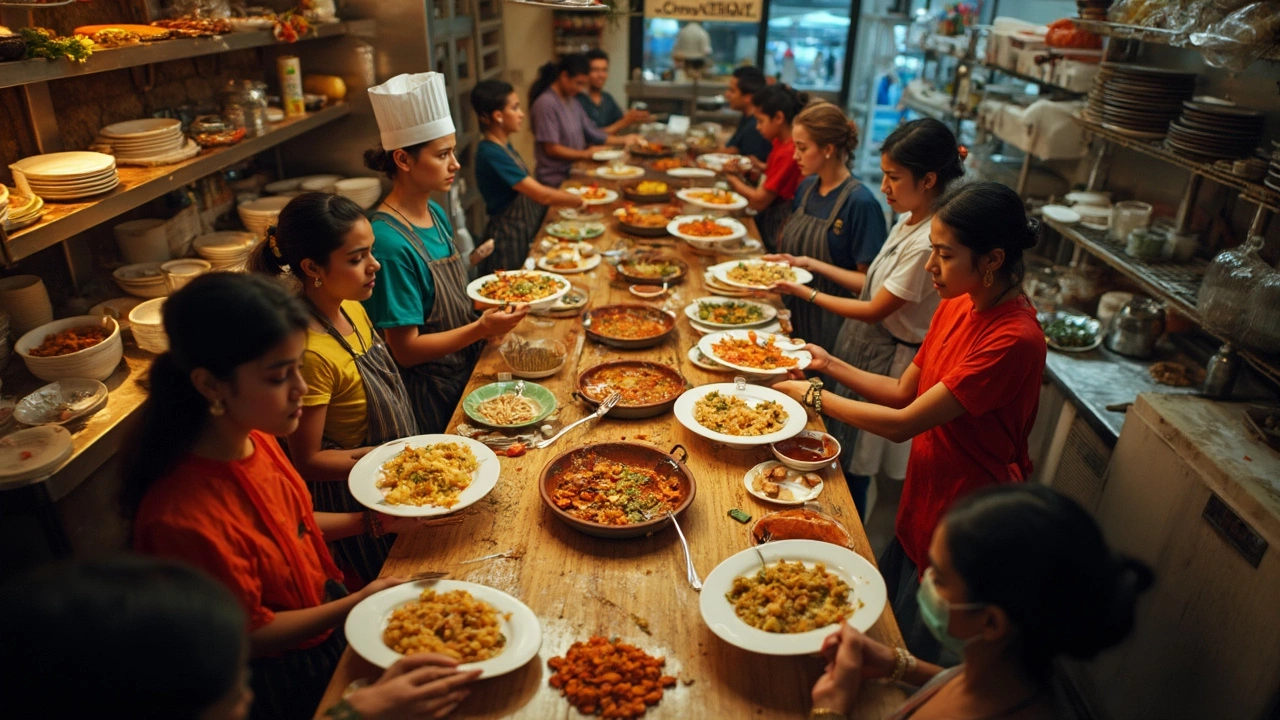Plastic Sectors: Trends, Demand and Sustainable Paths
When talking about Plastic Sectors, the distinct market segments where plastic materials are produced, processed and applied. Also known as plastic industry segments, these sectors shape everything from everyday packaging to high‑tech car parts. Understanding how they work helps you see why some resins are booming while others lag.
One of the fastest‑growing clusters is recycled PET (rPET), post‑consumer PET that’s cleaned, melted and turned into new bottles, films and textiles. Its rise is driven by stricter packaging regulations and consumer demand for greener products. Companies that can source clean rPET often lock in better margins because the material reduces raw‑oil costs and lowers carbon footprints.
Another heavyweight is HDPE, high‑density polyethylene used for rigid containers, pipes and durable goods. HDPE’s strength‑to‑weight ratio makes it the go‑to choice for water pipelines and milk jugs. In 2025 the global market expects a double‑digit growth rate, mainly from emerging urban infrastructure projects across Asia and Africa.
Automotive plastics represent a distinct sub‑sector that blends performance with weight‑saving goals. Materials like polypropylene (PP) and engineered polymers are now standard in dashboards, bumpers and battery casings. The shift to electric vehicles adds a new layer: lightweight composites that boost range while meeting safety standards.
How These Sectors Interact and Influence Each Other
The three sectors above don’t exist in isolation. Plastic Sectors encompass both recycled and virgin resins, meaning supply‑chain decisions in one area ripple through the others. For example, a surge in rPET demand can tighten feedstock availability for traditional PET bottles, pushing manufacturers to tweak formulations or source alternative polymers.
At the same time, HDPE requires stable petrochemical inputs, so any oil price fluctuation hits pipe manufacturers and packaging firms alike. This interdependence forces companies to hedge, diversify material mixes, or invest in circular‑economy projects that recycle their own scrap.
Meanwhile, the rise of automotive plastics influences the overall demand for high‑performance polymers. As car makers request lighter, stronger parts, resin producers develop specialty grades that later find their way into consumer goods, creating a feedback loop of innovation.
What does this mean for you? If you’re scouting material options, look at where the market pressure is strongest. Recycled PET offers cost‑effective sustainability, HDPE delivers durability for infrastructure, and automotive‑grade polymers unlock weight savings for any product that benefits from a lighter build.
Beyond the big three, other sub‑sectors such as construction plastics, medical-grade polymers and packaging films are also reshaping the landscape. Each brings its own set of standards—fire resistance for building panels, biocompatibility for medical devices, barrier properties for food packaging. Recognizing these nuances helps you match the right resin to the right application.
In the coming months you’ll see more articles diving deep into each of these areas: how to source high‑quality rPET, HDPE price trends in emerging markets, and the latest automotive plastic innovations for electric‑vehicle batteries. The collection below gives you practical tips, market data and real‑world case studies to help you stay ahead of the curve.
Ready to explore the details? Scroll down to discover insights, data‑driven forecasts and actionable advice for every major plastic sector discussed here.
Plastic Manufacturing: Which Industry Uses the Most?
Ever wondered which industry is cranking out the most plastic? This article unpacks the main players, highlights real-world numbers, and breaks down how everyday items drive the demand for plastic. We'll touch on surprising uses you might not expect, explain what really counts as 'plastic use,' and share practical tips for understanding the market. Whether you're curious about the environmental impact or how your shopping habits tie into the bigger plastic picture, this guide lays it all out.
- manufacturing
- India
- food processing
- garden tips
- rice cultivation
- government schemes
- balcony garden
- urban gardening
- balcony gardening
- profitable business
- business ideas
- plastic manufacturing
- drip irrigation
- plant care
- steel manufacturing
- sustainable gardening
- startup ideas
- steel industry
- flower gardening
- textile manufacturers






